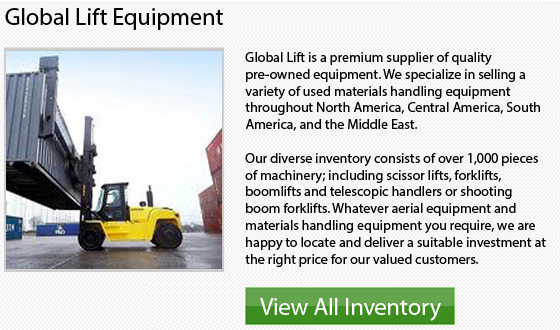
Telescopic handlers are somewhat similar to forklifts. It has one telescopic boom that extends forwards and upwards from the truck, and a counterweight within the back. It works much more like a crane than a forklift. The boom can be equipped with different types of attachments. The most popular attachment is pallet forks, but the operator can also attach a lift table, bucket or muck grab. Also called a telehandler, this particular kind of machine is usually utilized in agriculture and industry.
When it is hard for a standard forklift to access areas, a telehandler is usually utilized to transport loads. Telehandlers are normally used to unload pallets from in a trailer. They are also more handy than a crane for carrying loads onto rooftops and other high places.
There is only one major limitation in using telehandlers. Despite rear counterweights, the weight-bearing boom could cause the equipment to destabilize as it extends. Hence, the lifting capacity decreases as the distance between the front of the wheels and the centre of the load increases.
The Matbro company developed telehandlers within England. Their design was based on articulated cross country forklifts used in forestry. Initial versions consisted of a centrally mounted boom on the front and a driver's cab on the rear section, but these days the design that is most popular has a strong chassis along with a rear mounted boom and side cab.